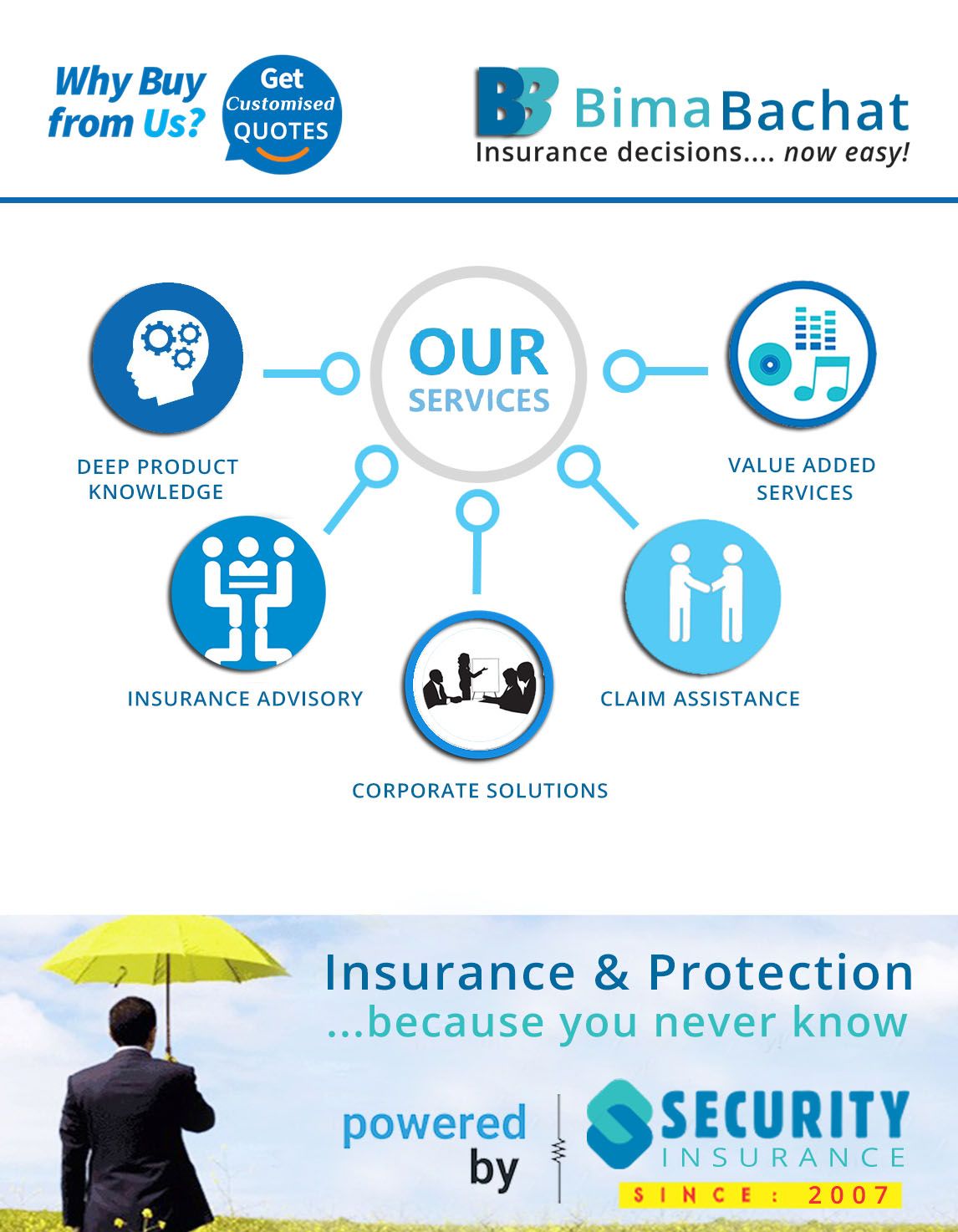Group Superannuation Scheme
As an employer, your employees are your most important asset. It is important for you to show your appreciation and gain their loyalty by offering tem special benefits. These benefits can improve their lives and help them save for their retirement. With Group Superannuation plan, you can help your employees meet their saving requirements.
It offers them an opportunity to grow their money as per their risk appetite and provides them a corpus at the time of their retirement Superannuation is one of the most important retirement benefits for your employees. It allows them to save a portion of their income during their employment at your organization. These savings help them take care of their financial requirements post-retirement, be it their medical needs or other expenses. from investment returns which are safe and stable and thus provide the benefits in a cost effective manner. The liability of Life Insurance Company at any time will be limited the balance in the policy account.
Key Features of Group Superannuation Scheme
-
Superannuation Fund is a retirement benefit given to employees by the Company.
-
Normally the Company has a link with Insurance Companies for Superannuation Fund, where their contributions are paid.
-
The Company pays 15% of basic wages as superannuation contributions. There is no contribution from the employee.
-
This contribution is invested by the Fund in various securities as per the investment pattern prescribed.
-
Interest on contributions is credited to the members' account. Normally the rate of interest is equivalent to the PF interest rate.
-
On attaining the retirement age, the member is eligible to take 25% of the balance available in his/her account as a tax-free benefit.
-
The balance 75% is put in an annuity fund, and the Insurance Company will pay the member a monthly/quarterly/periodic annuity returns depending on the option exercised by the member.
-
In the case of resignation of the employee, the employee has the option to transfer his amount to the new employer. If the new employer does not have a Superannuation scheme, then the employee can withdraw the amount in the account, subject to deduction of tax and approval of IT department, or retain the amount in the Fund, till the superannuation age.
-
The employee at the time of retirement or resignation can specify his choice for availing the benefit. The employee has the option of commuting (i.e. take it as a lump sum payment) 1/3rd of his accumulated fund and take the remaining amount as pension.
-
The commuted value on retirement does not bear any tax. Only the pension will attract tax. The employee can also choose to take the entire accumulated fund as pension ie. Without commutation.
-
No eligible employee can withdraw from the scheme while he/she is still an employee.

Renewal of the policy: On every Annual Renewal Date (ARD), the master policyholder is required to submit a written declaration about the funding status of the scheme as per Actuary’s Certificate given in accordance with AS-15 (Revised) for superannuation liability. “Nil Contributions” will be allowed when the funding status of the scheme is in surplus and the same is supported by an actuary’s certificate in accordance with AS-15 (Revised). The policy will continue to accrue the declared interest from time to time and claims as per the scheme rules will be settled subject to availability of the policy account value.
TAX BENEFITS:
Tax benefits are available as per the provisions of the Act and may be subject to amendments from time to time. It is advised to consult your tax adviser in this regard.
THERE ARE THREE OPTIONS NORMALLY THAT ARE BEING OFFERED BY INSURANCE COMPANIES :
-
This is a Unit Linked Insurance Plan that offers various fund options of equity and debt.
-
This is a Non-participating Endowment Plan which provides a minimum floor rate and an additional interest rate every quarter.
-
This is a Participating Endowment Plan which grows your wealth with minimum floor rate and bonus additions.
-
As an employer, annual contribution is allowed as expenditure subject to conditions under Section 36(1)(iv).
In addition, any income received by the trustees on behalf of an approved superannuation fund is exempt under Section 10(25)(iii).
Employees’ contribution towards an approved superannuation fund is eligible for deduction under Section 80C. The payment received from the superannuation fund is tax-free subject to conditions under Section 10(13).
Please note that employer's contribution in excess of limit specified under Section 17(2)(vii) will be taxed as a perquisite in the hands of the employee.
THIS PLAN OFFERS YOU TWO SCHEMES :
Defined Benefit : If you select the Defined Benefit Superannuation scheme, the benefits payable to the employee on retirement are decided upfront. Here, you as an employer pay the premiums for superannuation. The premiums are then invested by us and the wealth pool created under the plan is used to make claim payments on employee exits. The accumulated wealth can also be used to purchase an Annuity plan that would provide periodic pay-outs to the employee for life.
Defined Contribution : If you select the Defined Contribution Superannuation scheme, a fixed amount or a pre-decided percentage of every employee's salary is periodically paid as premiums towards their superannuation kitty. The premiums are then invested by the Insurance Company and accumulate up to the employee’s exit. The accumulated wealth is then used to purchase an Annuity plan that would provide periodic pay-outs to the employee for life.

Superannuation schemes can
be broadly classified as either Defined Benefit (DB) or a Defined Contribution
(DC) schemes. The difference between the two is on the basis of who (employer/
sponsor or the employee/member) carries the risk of fund investment.
The Chief Commissioner or
Commissioner of Income Tax may accord approval to any superannuation fund or
any part of a superannuation fund. Contributions to an approved Superannuation
Scheme are eligible for deduction from Income Tax as explained subsequently.
A superannuation scheme is
designed to take care of employees after retirement. The object of the scheme
is to provide a pension to an employee from the date of his retirement so that he
can maintain a reasonable standard of living after retirement.
It also aims to provide for employees who might have to retire prematurely due
to ill-health or for other reasons. The scheme may also provide for the widows
and dependents of employees who happen to die while in service.
The term "pension" symbolizes a long term relationship between an
employer and his employee of faithful service rendered by the latter normally
spanning his whole working life.
In a DB-SA scheme the
amount of pension and the other benefits are pre-defined as per the scheme
rules. The employees can with reasonable accuracy predict the amount of pension
benefits due to them.
Contributions required to fund past service as well for the future service
liability of the member are determined by Actuarial Valuation. The scheme
sponsor is responsible for filling in any gap that might arise in the funds.
An irrevocable trust is one
that can't be modified or terminated without the permission of the beneficiary.
The grantor, having transferred assets into the trust, effectively removes all
of his or her rights of ownership to the assets and the trust.
Yes, any rule which does
not adversely affect the interest of the member can be amended.
In case of any alteration in the rules, constitution, objects or conditions of
the fund is made at any time after the date of the application for approval;
the trustees of the fund should immediately communicate the same to the Assessing
Officer by whom the employer is assessable.
No. The employer has to be
a contributor to an approved superannuation fund.
The object of creation of a
SA is payment of annuity to its members. All benefits out of the superannuation
are in the form of annuities only except to the extent that part of the
annuity, which can be commuted as per the provisions of the IT Act.
As per the IT Rule 87 the
total employer contributions towards PF and SA should not exceed 27%of the
salary.
Yes, as long as the
director is a full time working director who does not own more than 5% of the
voting shares.
Yes, an employee can
transfer his funds between different Superannuation Schemes provided the
transferee and transferor Trusts are both IT approved.
Superannuation plans are a way of awarding employees for their contribution during service, with the financial benefits for the employees extending to the time when they are no longer in service. Better employee morale can lead to greater efficiency and productivity.
Furthermore, by linking the superannuation benefits to the number of years worked the employer can provide a strong motivation to the employees to continue with the same employer and this can help control attrition. The employer will have a better chance of retaining the services of efficient and experienced staff with the plan being handled by an independent agency, employees can expect their investments to be handled prudently.
In a DC-SA scheme the investment risk and reward lies with the employee/member. The contributions made on behalf of each member may be fixed but not the final benefit payable.
Unlike a DB-SA Scheme, there is no cross subsidy between employees. The contribution along with along with interest is available to each member on the date of his exit. A DC-SA Scheme also makes portability (transfer of funds to a different Superannuation e.g. on change of employment) easy and simple.
From the perspective of the employee/member a DC-SA scheme can be said to be divided into the following two stages:
Accumulation Stage: Contributions made by the employer and/or employees add to the employees Personal Pension Account (PPA). Investment earnings also add to the PPA.
Payout Stage: This stage starts at the end of the accumulation stage. From the corpus accumulated over the period of the Accumulation Stage in the PPA, the employee purchases an annuity which will provide him with a regular source of income.
|
In the social Welfare era, when Pension schemes originated, the DB-SA was popular amongst employees and the labour unions as it guaranteed a known amount of income for the life term of the pensioners. However in the long run DB-SA schemes have had a crippling effect on many organizations who are finding it difficult to manage and provide for the huge liability arising due to pensions. |
|
|
• |
Better than expected longevity have resulted in a big increase in liabilities for the sponsors of DB-SA schemes. The situation is further exasperated if the returns on the scheme funds are not in line with the assumptions. |
-
Features:
• Superannuation Fund is a retirement benefit given to employees by the Company.
• Normally the Company has a link with Insurance Companies for Superannuation Fund, where their contributions are paid.
• The Company pays 15% of basic wages as superannuation contribution. There is no contribution from the employee.
• This contribution is invested by the Fund in various securities as per investment pattern prescribed.
• Interest on contributions is credited to the members account. Normally the rate of interest is equivalent to the PF interest rate.
• On attaining the retirement age, the member is eligible to take 25% of the balance available in his/her account as a tax free benefit.
• The balance 75% is put in an annuity fund, and the Insurance Company will pay the member a monthly/quarterly/periodic annuity returns depending on the option exercised by the member.
• In the case of resignation of the employee, the employee has the option to transfer his amount to the new employer. If the new employer does not have a Superannuation scheme, then the employee can withdraw the amount in the account, subject to deduction of tax and approval of IT department, or retain the amount in the Fund, till the superannuation age.
• The employee at the time of retirement or resignation can specify his choice for availing the benefit. The employee has the option of commuting (i.e. take it as a lumpsum payment) 1/3rd of his accumulated fund and take the remaining amount as pension.
• The commuted value on retirement does not bear any tax. Only the pension will attract tax. The employee can also choose to take the entire accumulated fund as pension ie. Without commutation.
• No eligible employee can withdraw from the scheme while he/she is still an employee
-
SURRENDER OF THE POLICY:
·I f the policy is surrendered before third renewal, surrender value payable will be:·Policy account value less surrender charge less Market Value Adjustment as approved by IRDAI, if any.·No surrender charges except the Market Value Adjustment are levied if the policy is surrendered after three years.·In case of bulk exits, the Market Value Adjustment will be made to the policy account value.
-
MARKET VALUE ADJUSTMENT (MVA):
MVA is applicable in the case of bulk exists and complete surrender of the policy. Bulk exit is defined as the transaction which involves the amount to be paid on total exits in any event that exceeds 25% of the total policy account value of the scheme at the beginning of the policy year where exit shall be as per the scheme rules and exit shall mean exit of the member from the group/scheme.
MVA Amount = MVA factor * policy account value which is over and above the amount representing bulk exit, net of surrender
charges if any
MVA factor= Maximum (0, 1- (Market Value## / policy account value))
## Where market value is derived from the revaluation of assets earmarked separately for the product at the time of Market Value
Adjustment is carried out.
MVA Amount, if any, will be deducted from policy account value as on date of surrender.
-
TERMINATION OF THE POLICY::
The Policy will be deemed as terminated on occurrence of any of the following events by paying policy account value to the Master
Policy holder.
• Upon mutual agreement by both Company and the Group Policyholder, or
• On payment of surrender value








